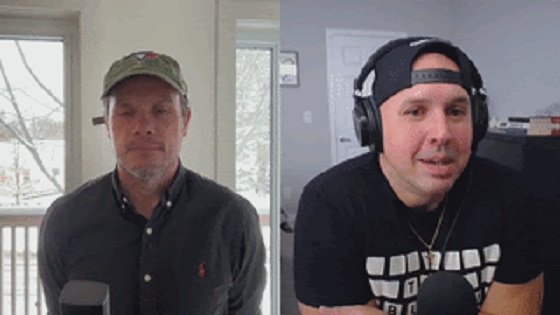Frontier Centre for Public Policy
The tale of two teachers

From the Frontier Centre for Public Policy
By Jim McMurtry
Some have criticized me for stating that the good, as well as the bad, of residential schools should be recognized. I stand by that statement…. Others have criticized me for stating that the Truth and Reconciliation Report was not as balanced as it should be. I stand by that statement as well.
At L.A. Matheson, a high school in Surrey, B.C., a poster in Annie Ohana’s classroom suggests society is too moralistic about sex work, the quote coming from an avowed Satanist. National Post writer Jamie Sarkonak described her classroom in this way: “The walls are covered with Social Justice posters. Some of them sloganeer about ‘decolonization,’ others ‘inflame racial politics.’” Ohana drapes herself in a Pride flag and speaks openly of her pansexuality as well as her subscription to wokeism, identity politics, Social Justice, and DEI.
In March Ohana appeared on CTV after being roundly criticized on X by an Ottawa teacher, Chanel Pfahl, the latter chased out of the profession a few years ago for questioning Critical Race Theory. Ohana said that Pfahl “seems to be making a lot of assumptions that were simply based on misinformation, lies, and in fact, puts myself and other teachers and students and my community in danger.” She also argued she was teaching about “critical thinking” and creating “empowered citizens that can speak up for themselves.” A Canadian flag hangs forlornly in her classroom, atop it is scrawled, “No pride in genocide.”
So far, she has faced no direct consequences for her political position or trying to indoctrinate her students. Indeed, she has won three teaching awards.
I, on the other hand, was walked out of my classroom and career for suggesting the only thing buried in Kamloops was the truth. In the eyes of my employer, I had put students and the community in danger by saying students who died while enrolled at a residential school did so from disease and not murder.
Northrop Frye wrote in The Great Code that the aim is “to see what the subject means, not to accept or reject it.” There is nothing wrong with the teaching of either me or Ohana as long as we are not steering students toward belief. In a 100-page investigation report on my teaching, an assistant superintendent of the Abbotsford School District wrote:
It in my view cannot be overemphasized that Mr. McMurtry having no knowledge of his students and more particularly whether any of these students had Indigenous descent in making his comments that provoked a strong student response and which was contrary to the school’s message of condolences and reconciliation. Regardless of his intent he left students with the impression some or all the deaths could be contributed to ‘natural causes’ and that the deaths could not be called murder or cultural genocide.
My fault was that I didn’t promote a “message of condolences and reconciliation.” Not only was this message never communicated to teachers, the message runs counter to the educational aim of seeing what a subject means. The message is also that the deaths of at least some Indian residential school children were attributable to murder, for which there is still no evidence.
Senator Lynn Beyak was the first prominent Canadian to wade into the increasingly turbulent waters of Indian residential schools. Labelled a racist and facing the prospect of ejection from the Senate, she retired in 2021 from her senate position but not from her convictions.
Some have criticized me for stating that the good, as well as the bad, of residential schools should be recognized. I stand by that statement…. Others have criticized me for stating that the Truth and Reconciliation Report was not as balanced as it should be. I stand by that statement as well.
George Orwell wrote in 1945 in an introduction to Animal Farm, “At any given moment there is an orthodoxy, a body of ideas of which it is assumed that all right-thinking people will accept without question. It is not exactly forbidden to say this, that or the other, but it is ‘not done’ to say it.” Queen’s law professor Bruce Pardy wrote last year: “A new standard of practice is emerging for Canadian professionals: be woke, be quiet, or be accused of professional misconduct.”
Annie Ohana is a better approximation of that mythically average teacher than I. Most teachers appear woke or know enough to be quiet and go along, standing for land acknowledgments, using individualized pronouns with students, speaking of gender identity and sexual orientation, distinguishing students based on race, reading Social Justice books over literary classics, and accepting revisionist history. They go to school wearing the right colour for the occasion: rainbow, pink, orange, red, or black. At staff meetings they are woke and quiet.
I am an avatar of Lynn Beyak, standing outside the orthodoxy and condemned by “all right-thinking people.” Our issue is also the same. Indian residential schools were not the genocidal project that federal members of parliament voted as a genocide on October 27, 2022.
The Truth and Reconciliation Commission, headed by two Indigenous men and a woman married to an Indigenous man, travelled for six years across Canada, and heard from 6000 former students. The Commission’s bias was evident in its final report:
Physical genocide is the mass killing of the members of a targeted group, and biological genocide is the destruction of the group’s reproductive capacity. Cultural genocide is the destruction of those structures and practices that allow the group to continue as a group. States that engage in cultural genocide set out to destroy the political and social institutions of the targeted group. Land is seized, and populations are forcibly transferred and their movement is restricted. Languages are banned. Spiritual leaders are persecuted, spiritual practices are forbidden, and objects of spiritual value are confiscated and destroyed. And, most significantly to the issue at hand, families are disrupted to prevent the transmission of cultural values and identity from one generation to the next. In its dealing with Aboriginal people, Canada did all these things.
What the final report does not mention is:
o the educational value of the schools;
o the alternative was no education at all in remote areas where a day school was not feasible;
o that both Indigenous chiefs and parents saw them as a treaty right and petitioned to keep them open into the sixties;
o that parents had to apply to send their children to residential schools;
o that the mandatory attendance which began in 1920 was to go to school (one-third going to day school, one-third to residential school, and one-third never going to any school);
o that the schools took in orphans and served as a refuge for children and in some cases adults who were abused on the reserve or without the necessities of life; and
o that many former students testified their time there was the happiest in their lives.
My natural allegiance is to fellow teachers, and I don’t doubt that Annie Ohana and others within the Critical Social Justice educational movement teach their students about critical thinking and create empowered citizens that can speak up for themselves. However, such critical thinking should also be directed against the orthodoxy these teachers are imposing on captive groups of students. As well, if their students are indeed empowered citizens, they should come to their own conclusions, no matter the ideological perspective of their teacher.
Jim McMurtry, PhD, was formerly a principal of Neuchâtel Junior College in Switzerland and a college lecturer, but mostly he was a teacher. He lives in Surrey, B.C.
armed forces
Canada At Risk Of Losing Control Of Its Northern Territories

From the Frontier Centre for Public Policy
By Gerry Bowler
Canada has left the North wide open to foreign powers eager to grow their Arctic foothold
Canada is in danger of losing the Arctic because Ottawa has ignored the North for far too long.
The Canadian North makes up 40 per cent of our land mass and includes more than 19,000 islands in the Arctic Archipelago. Yet only about 120,000 people live across this enormous stretch of wilderness. Canada took control of the region in the late 19th century through territorial transfers from the Hudson’s Bay Company and the British Crown, one of the largest land transfers in history.
For decades afterward, the North received little federal attention. The Second World War briefly changed that, prompting construction of the Alcan Highway to Alaska and bringing new airfields and telephone lines.
The Cold War, along with the threat of Soviet bombers crossing the Pole, led to multiple radar lines. Still, Prime Minister St-Laurent admitted in the 1950s that Canadian governments had treated the North “in an almost continuing state of absence of mind.”
John Diefenbaker’s Progressive Conservative administration tried to reverse that neglect. In 1958, he told a Winnipeg audience: “I see a new Canada—a Canada of the North! … We intend to carry out the legislative program of Arctic research, to develop Arctic routes, to develop those vast hidden resources the last few years have revealed.”
Plans for a research and industrial city in Frobisher Bay, new roads and railway lines and wide-ranging surveys were ambitious but ultimately unaffordable. In the years that followed, both Liberal and Conservative governments again set northern development aside.
Foreign interest, however, continued to grow. The Canadian Security Intelligence Service recently reported Russian and Chinese attempts at influence and subversion in our northern territories.
American governments over the past 20 years have shown serious interest in the region’s resources, which include significant oil, gas and mineral deposits, along with control of the Northwest Passage, a shipping route becoming increasingly accessible as Arctic sea ice recedes.
Canada considers those waters national; the United States, the European Union and at times China argue it is an international strait.
For all practical purposes, Canada has what amounts to no meaningful presence north of the tree line, leaving the field open to countries with far more ambition and far better-equipped forces.
Canada is in no position to defend its claims. We have no icebreakers capable of operating through the Arctic winter. We have no submarines that can work under the ice cap. We have no permanent air base for fighter jets.
And to cover two million square kilometres of Arctic territory, we have only 300 troops stationed there. The chance they could detect, let alone repel, a serious intruder is essentially zero. Without these capabilities, Canada cannot properly monitor activity in the region or enforce its sovereignty claims.
In the last federal budget, Ottawa announced a $1-billion Arctic infrastructure fund for new airports, seaports and all-season roads. Our foreign affairs minister has urged NATO to pay more attention to the Arctic, saying it “must be an organization not only that focuses on the eastern flank, but also that looks north.”
These steps are gestures, not strategy. Canadian governments excel at promises but struggle with procurement, and the idea that European allies might fill the gap, considering their weak response to Russia’s assault on Ukraine, is unlikely.
Our northern territory is under threat. We must use it or lose it.
Gerry Bowler is a Canadian historian and a senior fellow of the Frontier Centre for Public Policy.
Crime
How Global Organized Crime Took Root In Canada
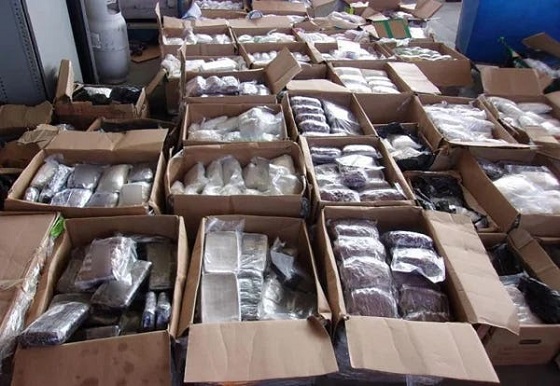
From the Frontier Centre for Public Policy
Weak oversight and fragmented enforcement are enabling criminal networks to undermine Canada’s economy and security, requiring a national-security-level response to dismantle these systems
A massive drug bust reveals how organized crime has turned Canada into a source of illicit narcotics production
Canada is no longer just a victim of the global drug trade—it’s becoming a source. The country’s growing role in narcotics production exposes deep systemic weaknesses in oversight and enforcement that are allowing organized crime to take root and threaten our economy and security.
Police in Edmonton recently seized more than 60,000 opium poppy plants from a northeast property, one of the largest domestic narcotics cultivation operations in Canadian history. It’s part of a growing pattern of domestic production once thought limited to other regions of the world.
This wasn’t a small experiment; it was proof that organized crime now feels confident operating inside Canada.
Transnational crime groups don’t gamble on crops of this scale unless they know their systems are solid. You don’t plant 60,000 poppies without confidence in your logistics, your financing and your buyers. The ability to cultivate, harvest and quietly move that volume of product points to a level of organization that should deeply concern policymakers. An operation like this needs more than a field; it reflects the convergence of agriculture, organized crime and money laundering within Canada’s borders.
The uncomfortable truth is that Canada has become a source country for illicit narcotics rather than merely a consumer or transit point. Fentanyl precursors (the chemical ingredients used to make the synthetic opioid) arrive from abroad, are synthesized domestically and are exported south into the United States. Now, with opium cultivation joining the picture, that same capability is extending to traditional narcotics production.
Criminal networks exploit weak regulatory oversight, land-use gaps and fragmented enforcement, often allowing them to operate in plain sight. These groups are not only producing narcotics but are also embedding themselves within legitimate economic systems.
This isn’t just crime; it’s the slow undermining of Canada’s legitimate economy. Illicit capital flows can distort real estate markets, agricultural valuations and financial transparency. The result is a slow erosion of lawful commerce, replaced by parallel economies that profit from addiction, money laundering and corruption. Those forces don’t just damage national stability—they drive up housing costs, strain health care and undermine trust in Canada’s institutions.
Canada’s enforcement response remains largely reactive, with prosecutions risk-averse and sentencing inadequate as a deterrent. At the same time, threat networks operate with impunity and move seamlessly across the supply chain.
The Edmonton seizure should therefore be read as more than a local success story. It is evidence that criminal enterprise now operates with strategic depth inside Canada. The same confidence that sustains fentanyl synthesis and cocaine importation is now manifesting in agricultural narcotics production. This evolution elevates Canada from passive victim to active threat within the global illicit economy.
Reversing this dynamic requires a fundamental shift in thinking. Organized crime is a matter of national security. That means going beyond raids and arrests toward strategic disruption: tracking illicit finance, dismantling logistical networks that enable these operations and forging robust intelligence partnerships across jurisdictions and agencies.
It’s not about symptoms; it’s about knocking down the systems that sustain this criminal enterprise operating inside Canada.
If we keep seeing narcotics enforcement as a public safety issue instead of a warning of systemic corruption, Canada’s transformation into a threat nation will be complete. Not because of what we import but because of what we now produce.
Scott A. McGregor is a senior fellow with the Frontier Centre for Public Policy and managing partner of Close Hold Intelligence Consulting Ltd.
-
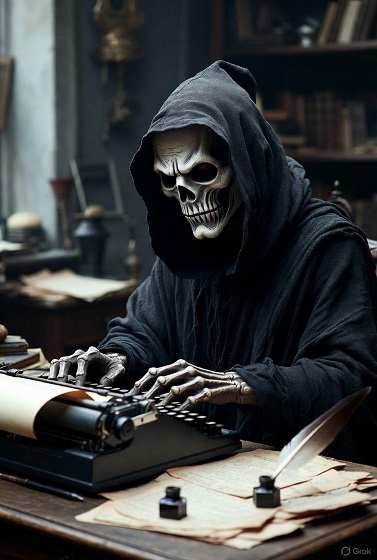
 Health2 days ago
Health2 days agoTens of thousands are dying on waiting lists following decades of media reluctance to debate healthcare
-

 Alberta9 hours ago
Alberta9 hours agoPremier Smith explains how private clinics will be introduced in Alberta
-
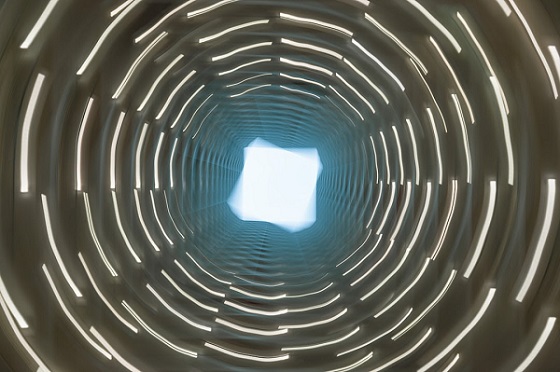
 Opinion1 day ago
Opinion1 day agoLandmark 2025 Study Says Near-Death Experiences Can’t Be Explained Away
-

 Aristotle Foundation5 hours ago
Aristotle Foundation5 hours agoWe’re all “settlers”
-
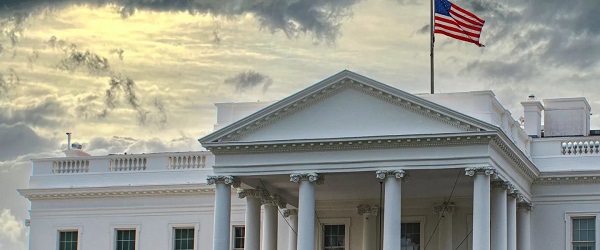
 Business8 hours ago
Business8 hours agoUS Supreme Court may end ‘emergency’ tariffs, but that won’t stop the President
-
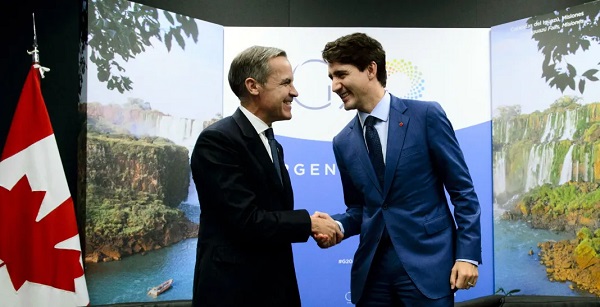
 Carbon Tax2 days ago
Carbon Tax2 days agoCarney fails to undo Trudeau’s devastating energy policies
-

 International2 days ago
International2 days agoCanada’s lost decade in foreign policy
-

 Business2 days ago
Business2 days agoBudget 2025: Ottawa Fakes a Pivot and Still Spends Like Trudeau

